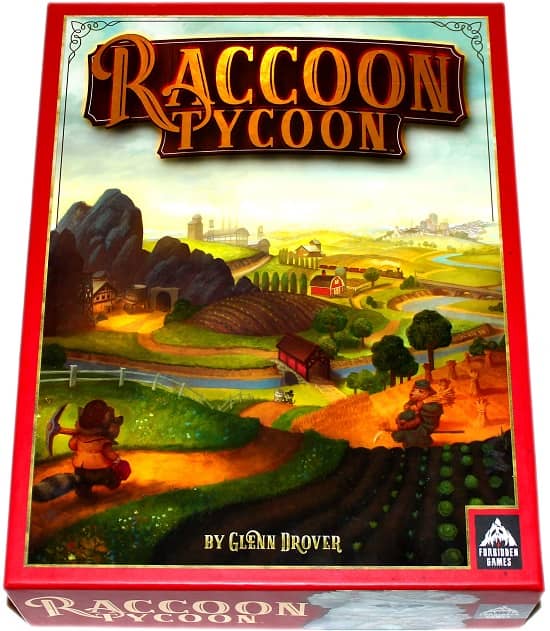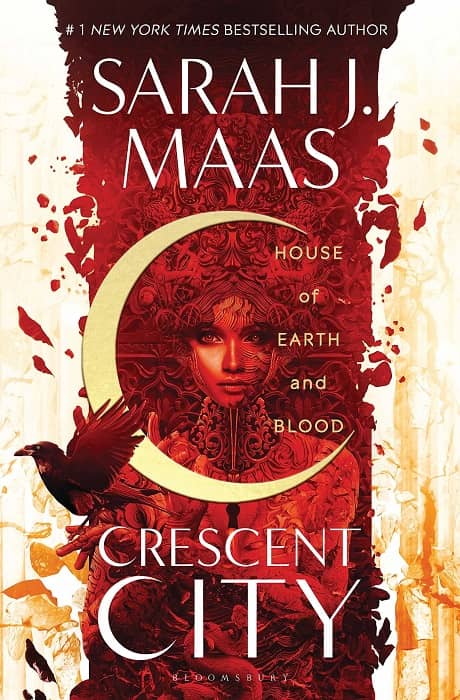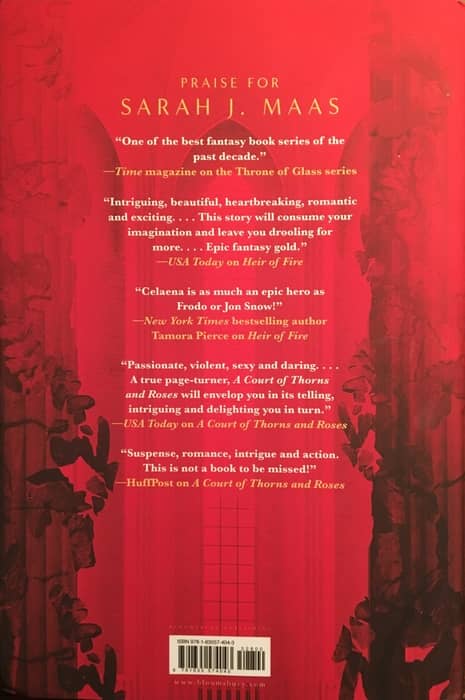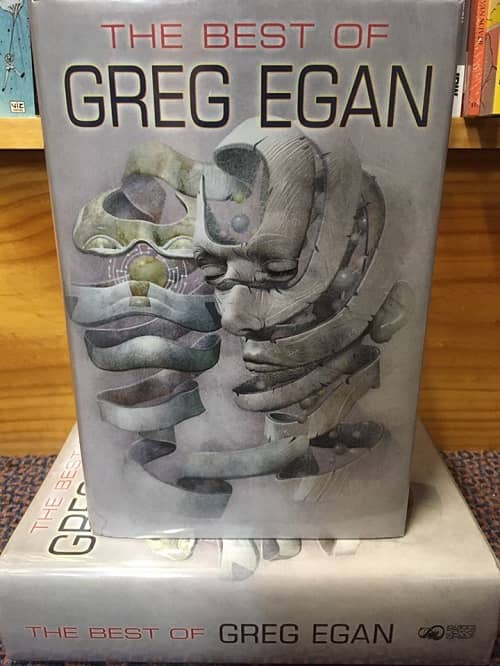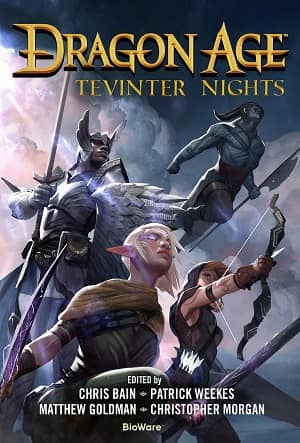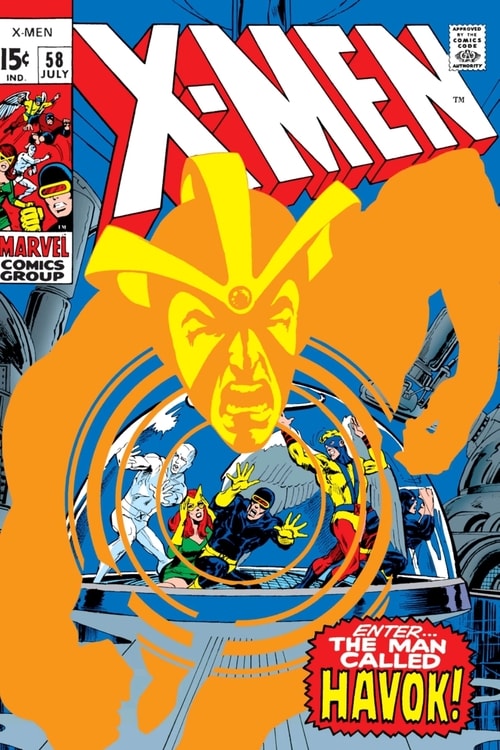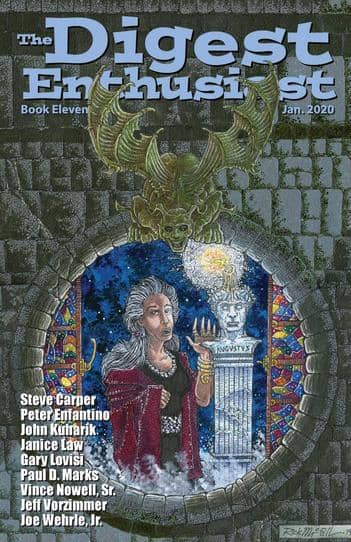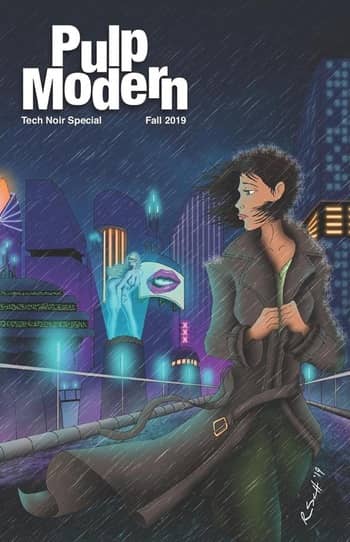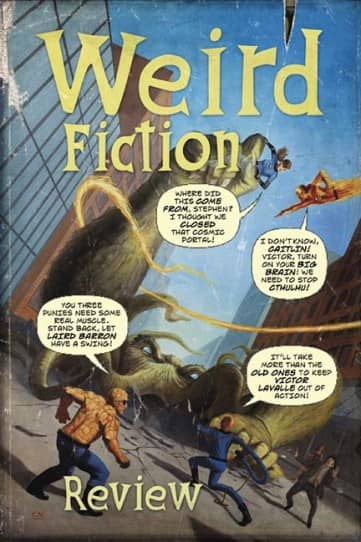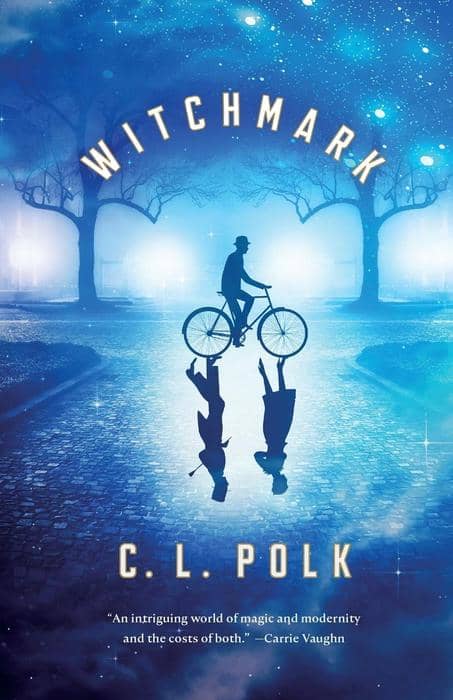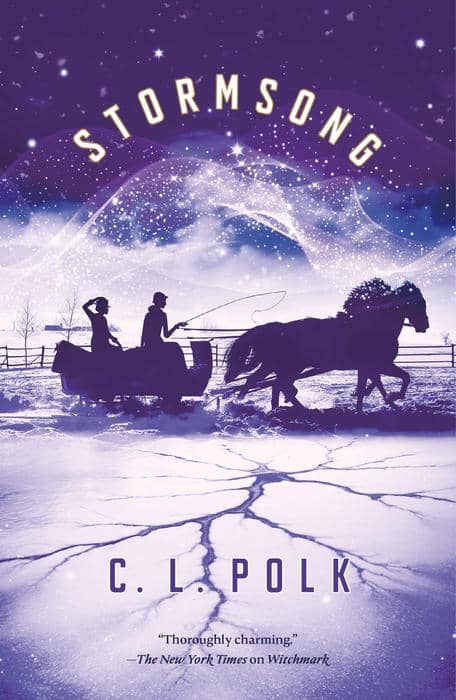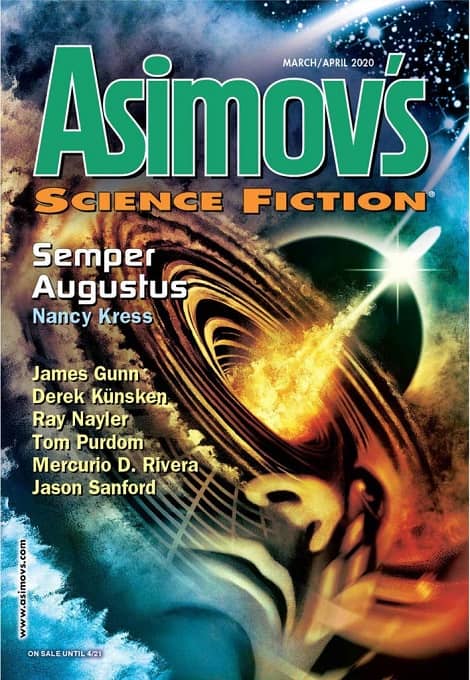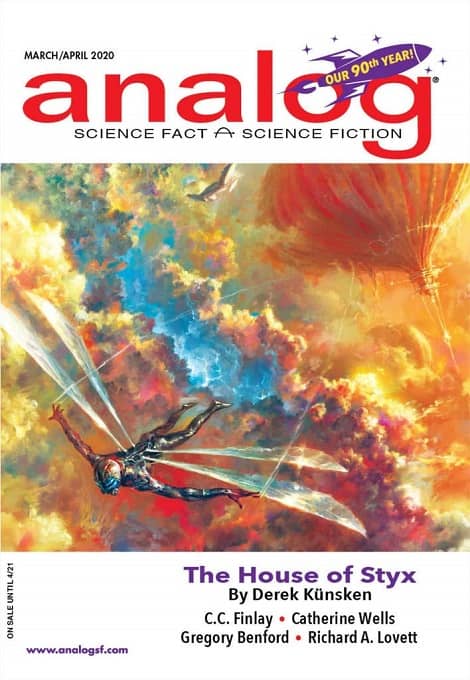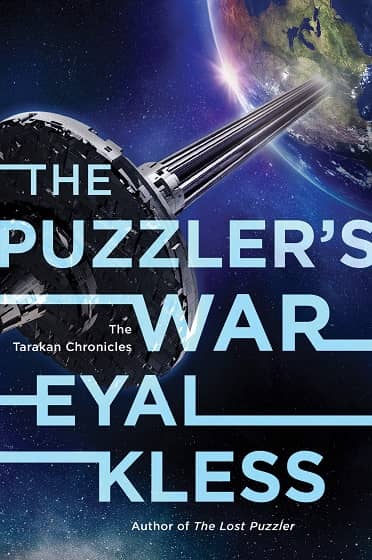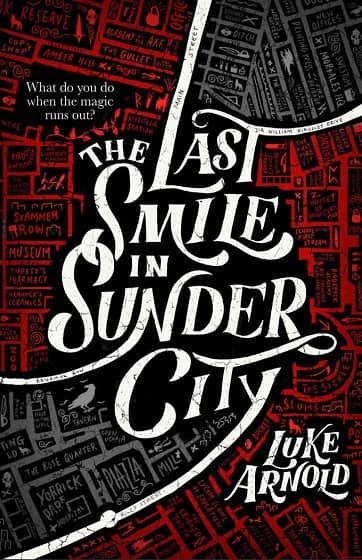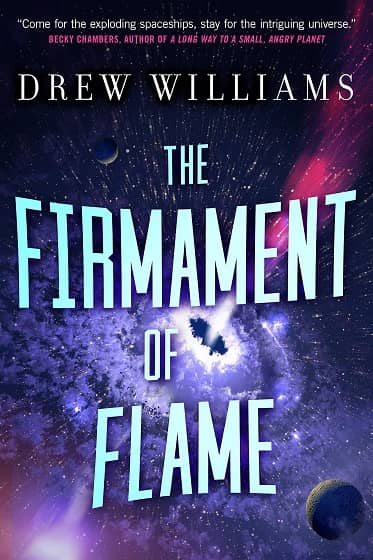It’s a Dog Eat Dog World in Racoon Tycoon
Different games appeal to me for different reasons. Coriolis and Cold and Dark interest me because I like dark science fiction adventure; I enjoy Starfinder because I like a richly inventive settings. Sometimes, though, it’s a little harder to quantify.
Take Raccoon Tycoon, for example. I’ve wanted to play this game since the instant I laid eyes on it. Why? Who knows! Maybe it’s the evocative and colorful cover scene. Maybe it’s the name. Whatever the case, I ordered this game as soon as I learned it existed at Gen Con this summer, and I’m glad I did.
Raccoon Tycoon is a family game for 2-5 players that simulates an economic boom in the bustling woodland town of Astoria, which is populated by a diverse range of ambitious critters. Players are enterprising investors and business folk ready to cash in on this new era of opportunity, all making money the old-fashioned way: exploiting production of the goods, playing a fluctuating market, and profiting off growth. To aid players with all this imaginative play the game’s creators have commissioned top-notch artwork that brings the various personalities to life in compelling ways. Just have a look at the board and the playing pieces, and see if you can resist the unique charm of this game.
